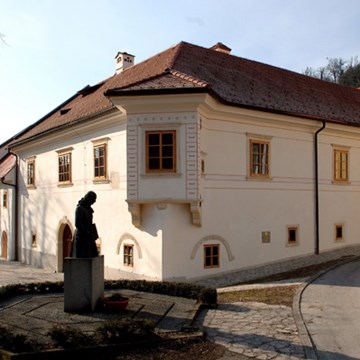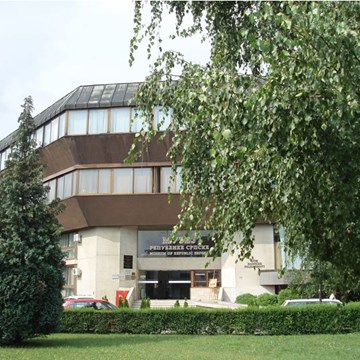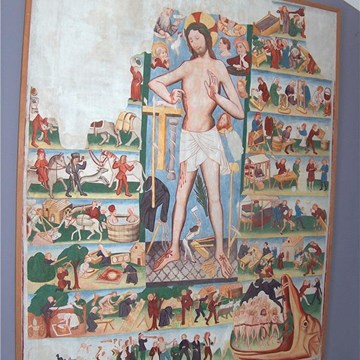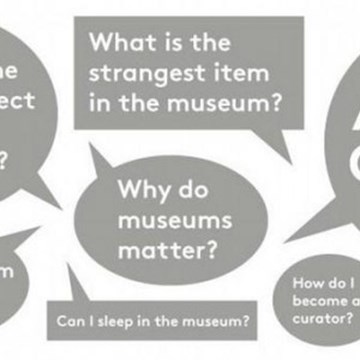Natzweiler-Struthof
Centre Européen du Résistant Déporté; Site de l'ancien camp de Natzweiler
The former Natzweiler camp, a place of remembrance and meditation, bears witness to events that took place over 60 years in the Vosges countryside, in the heart of Europe. The various facilities (museum, European Centre of Deported Resistance Members, website, etc.) must now take over from the people who personally witnessed the events. They have been developed with them in order to pay tribute to their struggle. They must pass on their stories, memories and testimonials while respecting the scope and significance so that their commitment can continue to have meaning for younger generations and so that no one forgets.
---
A place of culture and remembrance, the European Centre of Deported Resistance Members is a large, concrete, streamlined building covered with dark stones. Designed by Pierre-Louis Faloci, it welcomes visitors to the site of the former Natzweiler concentration camp.
Designed as a place of information, reflection and encounters, the European Centre of Deported Resistance Members and its 2,000 sq. m. of exhibition space is an introduction to the visit of the camp itself. The CERD was built above the Kartoffelkeller, a reinforced concrete cellar constructed by the deportees.
The European Centre presents the history of Resistance movements that rose up against Fascist and Nazi oppression throughout Europe.
---
At the same time as the creation of the European Centre, the museum was entirely redesigned to focus solely on the history of Natzweiler concentration camp and its subcamps. It opened to the public in November 2005.
As soon as visitors enter the museum, the film From Struthof to KL-Natzweiler shows, in a few minutes, the site as it was before the war and its transformation into concentration camp. The superimposition of images of the past over the present remains helps them feel as though they are at the heart of the events that occurred here 60 years ago.
Then visitors learn about the camp’s creation and organisation, the deportees and their daily lives, omnipresent terror and death, the subcamps, the medical experiments, the end of the camp, the trials, memory, etc.
The exhibition features collections of photos, archival documents, original objects and drawings, in particular by deported Resistance member Henri Gayot. One space has been built to resemble the inside of a barracks as it was at the time. In June 2006 an interactive terminal giving access to all the information in the registry of camp deportees was inaugurated.
Visitors see the camp’s remains when they step out of the museum.
On one of the former roll call squares they can read the plaque in homage to foreign deportees who died at the camp and the gallows. Then they walk in front of the former kitchen barracks and along the death ravine to reach the crematory oven, medical experiment and cell blocks. This is where the deportees arrived, between two buildings. And where the hell of concentration camp life began.
The gas chamber, located outside the camp, is also open to the public.
Exhibitions and events
We don't have anything to show you here.
Educational programs
We don't have anything to show you here.
Collections
We don't have anything to show you here.










